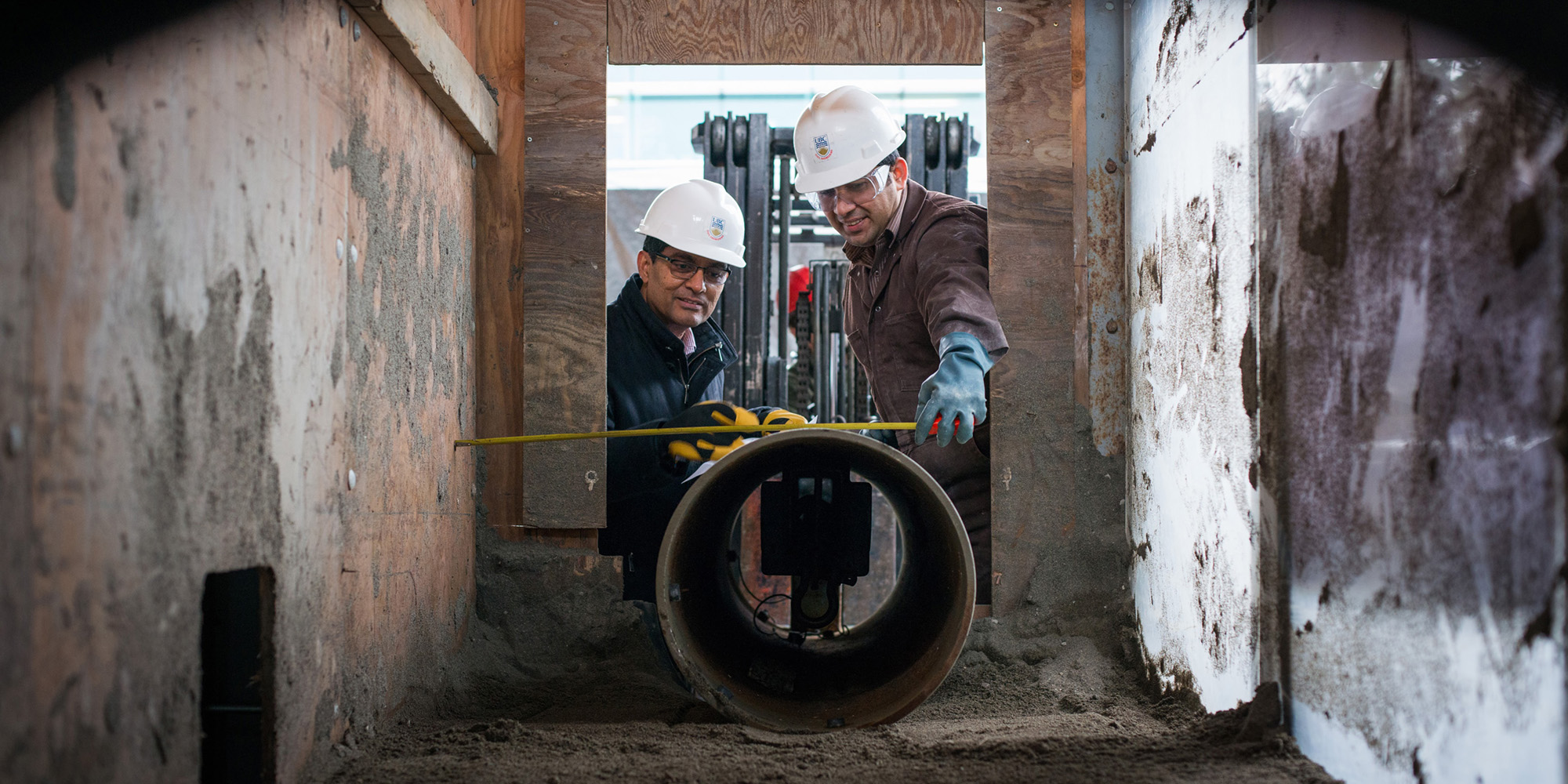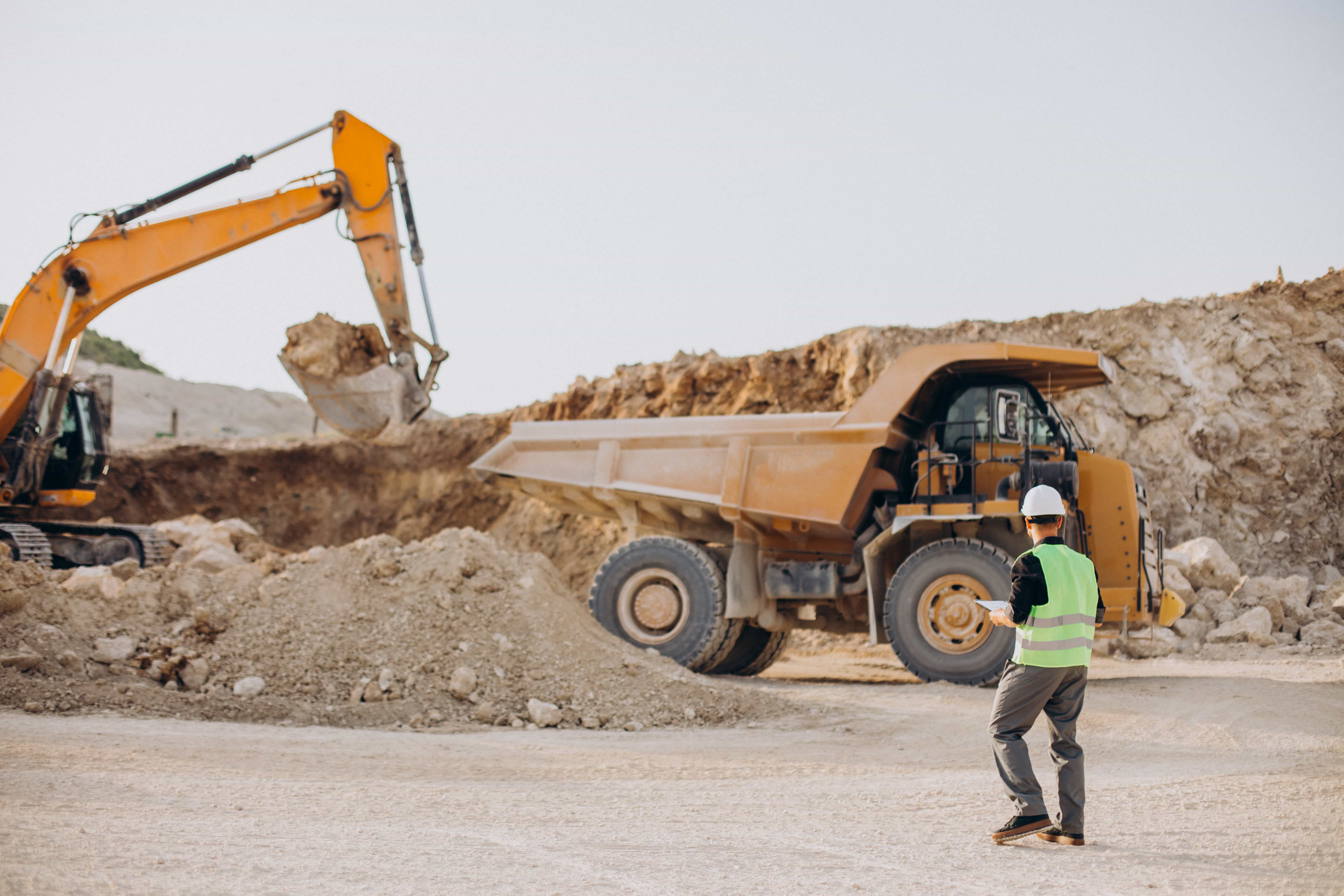Professional Civil Geotechnical Engineering Providers for Intricate Projects
Professional Civil Geotechnical Engineering Providers for Intricate Projects
Blog Article
Just How Consulting Engineers Enhance Geotechnical Engineering Projects: Insights Into Their Proficiency, Techniques, and Collaborative Approaches
Consulting engineers are critical in boosting geotechnical engineering jobs, applying their specialized understanding to navigate the intricacies of subsurface problems. Their methodologies include a series of site examination methods, including Standard Infiltration Tests (SPT) and Cone Infiltration Examinations (CPT), which inform critical choices throughout the design and construction stages. Additionally, their collaborative strategies foster interaction amongst diverse task stakeholders, eventually forming the project's trajectory. As we check out the complex functions these specialists play, it ends up being clear that their payments extend beyond technological competence, prompting a better take a look at the effects for project success.
Role of Consulting Engineers
The know-how of speaking with engineers in geotechnical design is fundamental to the effective implementation of building projects. These experts play a critical function in analyzing soil and rock homes, which are crucial variables influencing design and building choices. By performing thorough site examinations, speaking with engineers gather necessary data that educates the layout procedure, ensuring tasks are improved stable and appropriate ground.
Consulting designers likewise supply very useful understandings right into danger monitoring (geotechnical geologist). They identify potential geotechnical risks, such as landslides, soil liquefaction, and negotiation concerns, making it possible for stakeholders to execute reliable reduction strategies. Their competence aids in enhancing foundation layouts, which can lead to substantial price financial savings and improved safety
Furthermore, speaking with designers serve as an important web link in between job owners, designers, and professionals. Their ability to translate intricate geotechnical data into workable suggestions promotes cooperation and assists in informed decision-making throughout the task lifecycle. This multidisciplinary strategy not only enhances project performance however also makes certain conformity with regulatory criteria and finest methods.
Trick Methods in Geotechnical Engineering

One primary technique is site examination, which entails performing field tests and laboratory analyses to collect information on subsurface conditions. Techniques such as Requirement Penetration Testing (SPT) and Cone Penetration Screening (CPT) are extensively used to evaluate soil stratigraphy and strength. Additionally, geophysical methods, including seismic and electrical resistivity surveys, offer non-invasive means to analyze subsurface qualities.
Another vital approach is mathematical modeling, which allows engineers to simulate different circumstances and predict exactly how soil-structure interactions will behave under various loading problems. Finite Aspect Analysis (FEA) is a common approach used in this context.
In addition, the design of foundations, retaining structures, and earthworks relies greatly on these techniques - geotechnical geologist. By incorporating sophisticated analytical tools with area information, seeking advice from engineers can develop customized remedies that attend to particular job obstacles, eventually contributing to the security and safety and security of building and construction jobs
Importance of Soil Analysis
Soil evaluation acts as a fundamental aspect in geotechnical design, offering essential insights right into the physical and chemical buildings of soil essential for efficient construction planning. Recognizing soil characteristics is crucial for establishing its load-bearing ability, water drainage behavior, and possibility for settlement or instability. In-depth dirt investigations, consisting of tasting and laboratory screening, help recognize parameters such as soil type, dampness content, density, and shear stamina.
These evaluations inform the choice of ideal construction methods and products, inevitably influencing project safety and security and long life. Cohesive soils go to website might need various structure layouts contrasted to granular dirts, requiring customized design remedies. Furthermore, soil analysis aids in identifying pollutants that might posture threats to human wellness or the setting, enabling the growth of reduction methods.
Including dirt evaluation into the onset of project growth aids to minimize unforeseen challenges, making certain that designers can anticipate and address potential concerns prior to they intensify. By establishing a comprehensive understanding of the website conditions, getting in touch with designers can maximize style efficiency and reduce prices, thereby enhancing the total success of geotechnical engineering projects.
Joint Techniques in Tasks
Effective geotechnical projects typically hinge on joint methods that combine diverse knowledge from various techniques. Effective cooperation among consulting designers, rock hounds, ecological scientists, and building and construction professionals is critical for attending to complex difficulties and enhancing project results. By leveraging the unique abilities and knowledge of each employee, projects can gain from a holistic understanding of the website problems, regulatory needs, and engineering restrictions.
Routine communication and interdisciplinary meetings help with the sharing of understandings and foster a culture of synergy. These collaborative efforts make it possible for the recognition of prospective dangers early in the task lifecycle, enabling for prompt reduction strategies. Incorporating feedback from stakeholders, including regional communities and regulative companies, makes certain that all viewpoints are considered, enhancing job approval and conformity.
Additionally, the integration of sophisticated innovations, such as Geographic Info Solution (GIS) and Structure Details Modeling (BIM), more boosts cooperation. These devices allow for the real-time sharing of data and visualization of geotechnical problems, advertising informed decision-making. Ultimately, a collaborative approach not only streamlines project implementation however additionally lays the foundation for cutting-edge remedies to intricate geotechnical design difficulties.
Effect On Job Outcomes

Consulting engineers use innovative approaches such as threat assessment and anticipating modeling, which enhance the accuracy of job forecasts. Their capability to incorporate innovative modern technologies, like geotechnical instrumentation and data analytics, additionally fine-tunes the design and building procedures. Therefore, jobs experience boosted efficiency, minimized prices, and lessened delays.
Moreover, promoting reliable interaction and collaboration among employee improves analytic capacities. When challenges occur, a joined front permits swift recognition of services, stopping possible troubles. Ultimately, the collaborative efforts of seeking advice from designers add to better results, making sure that tasks fulfill both governing criteria and client expectations.
Conclusion

Report this page